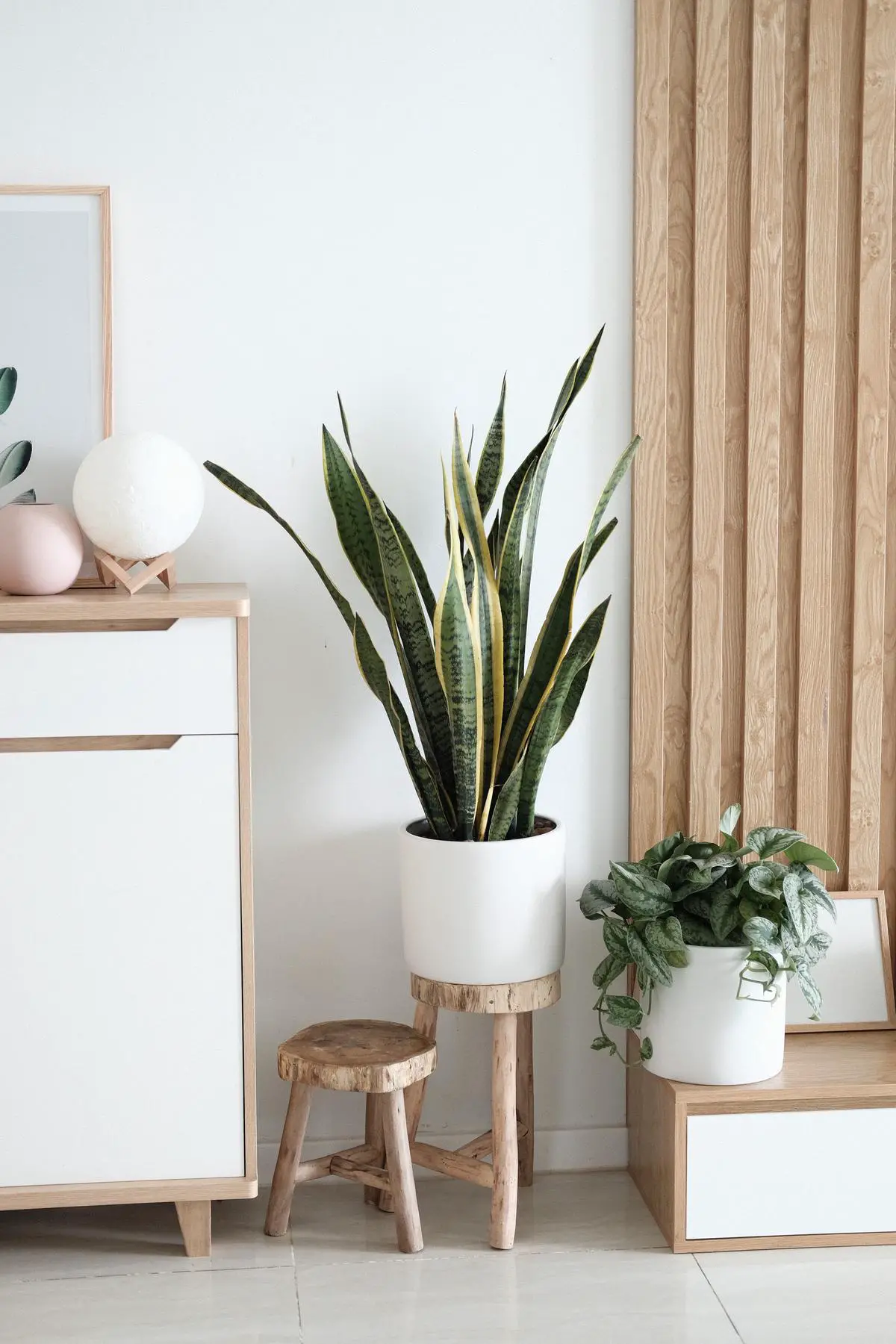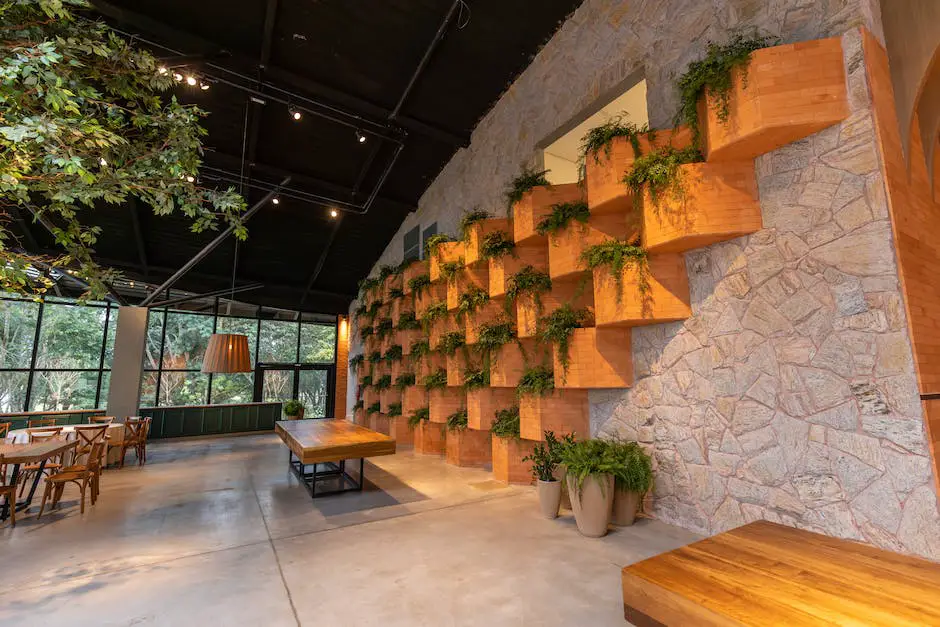As globally renowned furniture experts, IKEA also offers a wide array of indoor plants for customers aiming to cultivate a greener atmosphere in their homes. However, owning a plant is a commitment that requires adequate knowledge on how to properly tend to their needs. Delving into the intricate world of IKEA plants, we will explore the diverse categories available, each hailing from unique origins and possessing distinct living necessities. With the aim to turn novice green-thumbs into skillful cultivators, we will unravel which IKEA plants are most suitable for specific home environments, by evaluating crucial influencing factors such as light, temperature, and humidity.
Understanding IKEA Plants
Understanding IKEA Plants: From Origin to Home Care
The Swedish furniture retail giant IKEA is renowned for its stylish, affordable furnishings, but it’s also a haven for plant enthusiasts. Offering a variety of indoor plants from succulent Echeverias to lush Areca Palms, IKEA can help you bring a touch of nature to any room in your house. Let’s delve into IKEA’s indoor plant offerings, discover their backgrounds, and learn how you can care for these plants to keep them thriving in your home.
Exploring IKEA’s Green Wonders
IKEA’s lush, affordable selection caters to plant enthusiasts of all kinds. However, the sheer breadth of choices can seem overwhelming. Let’s look at some of their popular offerings and their origins:
-
Dracaena Marginata
Also known as the Madagascar Dragon Tree, this plant originated in, you guessed it, Madagascar. With its slim, arching stems and long, thin, vibrant green leaves, it’s an easy way to add a tropical touch to your home.
-
Chamaedorea Elegans
Known as the Parlour Palm, this small palm originated from the rainforests of Guatemala and Southern Mexico. Its delicate, feather-like fronds are a charming addition to any setting.
-
Sansevieria Trifasciata
Commonly called the Snake Plant or Mother-in-law’s Tongue, this hardy plant hails from West Africa. The Snake Plant sports thick, leathery leaves that shoot upwards, creating a dramatic visual impact.
-
Ficus Lyrata
The Fiddle Leaf Fig is native to the lowland rainforests of western Africa. It’s beloved for its large, glossy leaves that add an instant “jungle vibe” to any room.
-
Echeveria
Originating from the semi-desert areas of Mexico and Central America, this succulent plant showcases beautiful rosettes, making it a perfect tabletop decoration.
Caring for Your IKEA Plants: Basic Necessities
As varied as these plants are, they all share basic needs that must be met to ensure their survival.
- Light: Most indoor plants, including those from IKEA, generally prefer bright, indirect light. However, some like the Echeveria do well in direct sunlight and others such as the Parlour Palm can tolerate lower light levels.
- Water: Overwatering is a common mistake when caring for indoor plants. Watering frequency may vary by species and season, but a good rule of thumb is to check for dryness in the top inch of the soil before watering.
- Temperature & Humidity: Tropical species like the Areca Palm or the Fiddle Leaf Fig appreciate warmer temperatures and higher levels of humidity. However, plants like the Snake Plant and Echeveria are more tolerant of lower humidity and cooler temperatures.
Choosing the Ideal IKEA Plant
When selecting an IKEA plant, consider the conditions of your home environment and the plant’s specific needs. The light, temperature, and humidity levels of your home will guide your choice.
- Do you have bright, sunny windows? Perhaps the Echeveria or the Fiddle Leaf Fig would be perfect for you.
- Does your home tend to be on the cooler side? Consider a Snake Plant or a Dragon Tree.
- Is your space more shaded or has indirect light? The Parlour Palm could be your ideal companion.
Remember, the well-being of your plant is a result of a collective effort: providing proper care and choosing the right plant for your specific environment. With this in mind, you can create a leafy paradise right in your home, courtesy of IKEA.

Photo by minhphamdesign on Unsplash
IKEA Plant Maintenance
Understanding IKEA Plant Care
IKEA provides a wide range of easy-to-care-for indoor and outdoor plants. These plants are well-suited for beginners or the seasoned green thumb. However, like any living thing, they need proper care to thrive. IKEA follows the same basic principles of plant care as other gardening centers, but their plants may be less familiar, so here are some basics about watering, soil selection, potting, repotting, and fertilizer use.
Watering Your IKEA Plant
One of the most crucial aspects of plant maintenance is proper watering. The watering process can vary depending on the type of plant. Each IKEA plant comes with a tag that includes essential care tips, including water needs.
For instance, succulents and cacti are drought-tolerant and only require watering once every two weeks. On the other hand, tropical plants like Peace Lilies need to be watered as soon as the top layer of soil begins to feel dry.
Remember that overwatering is just as harmful as underwatering. To determine if a plant needs water, touch the soil. If it feels dry, it’s time to water. Water until it starts to drain out from the bottom of the pot, ensuring the plant’s roots receive adequate moisture.
Selecting the Proper Soil
Different IKEA plants require different types of soil. Succulents and cacti perform best in well-draining cactus or succulent mix. Most other indoor plants will thrive in ordinary houseplant soil, which typically contains peat moss, vermiculite, and perlite.
As a general rule, avoid using soil from the garden or outdoors as it may contain pests or diseases. If you’re uncertain about what type of soil to use, check the plant’s tag or inquire at your local IKEA store.
Potting and Repotting IKEA Plants
Choosing the right pot is important for your plant’s health. While IKEA plants come in temporary plastic pots, it’s best to transfer them into larger, more robust containers that accommodate growth.
When repotting, gently remove the plant from the current pot, taking care to avoid damaging the roots. Place the plant in the new pot, which should be filled with suitable soil, leaving room for watering. After planting, water gently but thoroughly.
Plants should generally be repotted every 1-2 years, or when they outgrow their current pot. Signs that your plant needs repotting include slow growth, roots appearing above the soil, or water running directly through the pot.
Using Fertilizers on Your IKEA Plants
Fertilizers provide plants with essential nutrients they may not be getting from the soil alone. Most IKEA plants will benefit from occasional feeding with a general-purpose houseplant fertilizer.
Before using a fertilizer, ensure you understand the plant’s specific nutrient requirements. Overfertilization or improper fertilization can be harmful, causing leaf burn or even plant death.
Use fertilizers during the growing season (usually spring and summer) and follow the packaging directions regarding dosage and frequency. During the fall and winter, indoor plants often enter a dormant state and do not need additional nutrients.
Conclusion
Caring for your plants may seem complicated, but with a little patience and knowledge, you can create a thriving indoor jungle with IKEA plants. The rewards of seeing your plants grow and thrive are well worth the effort.

Common IKEA Plant Issues and Solutions
Introduction: IKEA Plant Care Basics
Taking care of IKEA plants involves paying attention to their overall health, checking for the presence of pests and diseases, and mitigating any environmental stress factors. Even with careful attention, sometimes you might find your plant’s health suffering. Here’s a guide to identifying and rectifying common plant issues, as well as tips to revive a dying IKEA plant and prevent future problems.
Common IKEA Plant Health Issues and Their Solutions
Pests:
The presence of pests is often visible as small bugs around the plant or damage on the leaves. Common pests include aphids, spider mites, and mealybugs. A natural way to combat these pests is by hosing down the plants or wiping the leaves with a damp cloth. For stubborn infestations, consider using an organic insecticidal soap.
Diseases:
Plant diseases can be fungal, bacterial, or viral. They generally display symptoms like leaf spots, wilting, or stunted growth. Fungal diseases can be treated with a fungicide, while bacterial and viral diseases are best controlled by removing and destroying affected plant parts.
Environmental Stress:
Environmental stress can be due to inadequate light, water, or temperature conditions. Review the specific care instructions for each plant species to ensure they are receiving the correct amount of water and light. Similarly, ensure the plant is kept in an environment with appropriate temperature conditions.
How To Revive a Dying IKEA Plant
- Diagnose the Problem: Examine the leaves, stems, and roots for signs of pests, disease, or environmental stress. Unhealthy roots may signal overwatering, while brown leaf tips might mean the plant needs more humidity.
- Address The Root Cause: If pests are the issue, apply an insecticidal soap. If the plant is diseased, consider using a fungicide or remove affected parts. If environmental conditions are the problem, adjust as needed.
- Trim Dead Parts: Trim any dead leaves or stems from the plant to encourage new growth.
- Rehydrate or Dry Out: If the plant has been underwatered, slowly rehydrate it. If it’s been overwatered, let it dry out before watering again.
- Re-pot If Necessary: If the plant has become root-bound or if the soil is waterlogged or depleted of nutrients, re-pot the plant in fresh soil.
Preventing Future Plant Issues
Prevention is key when it comes to plant care. Regularly check your plants for signs of trouble and address any issues immediately. Ensure optimal conditions for each specific plant species, considering factors such as light, temperature, and water requirements. Additionally, providing your plants with a balanced fertilizer can help maintain their health and vigor, making them less susceptible to pests and diseases. Regular care and attentiveness will keep your IKEA plants green, vibrant, and thriving.

Through the immense joy and tranquility they bring, IKEA plants indeed serve as silent companions in our homes. They respond and reflect the care we offer in their bloom and vibrancy. The journey of nurturing an IKEA plant requires a keen understanding of their individual needs – from watering routines to the type of soil they thrive in, the significance of re-potting and the usage of appropriate fertilizers. Furthermore, a well-equipped plant carer stands at the forefront against common health issues such as pests, diseases, and environmental stress that may affect the plants. By learning to effectively identify, prevent, and deal with such obstacles, one can contribute to the flourishing life of their IKEA plant. Indeed, the IKEA experience extends beyond compact and stylish furniture to the tranquil realm of indoor gardening.


